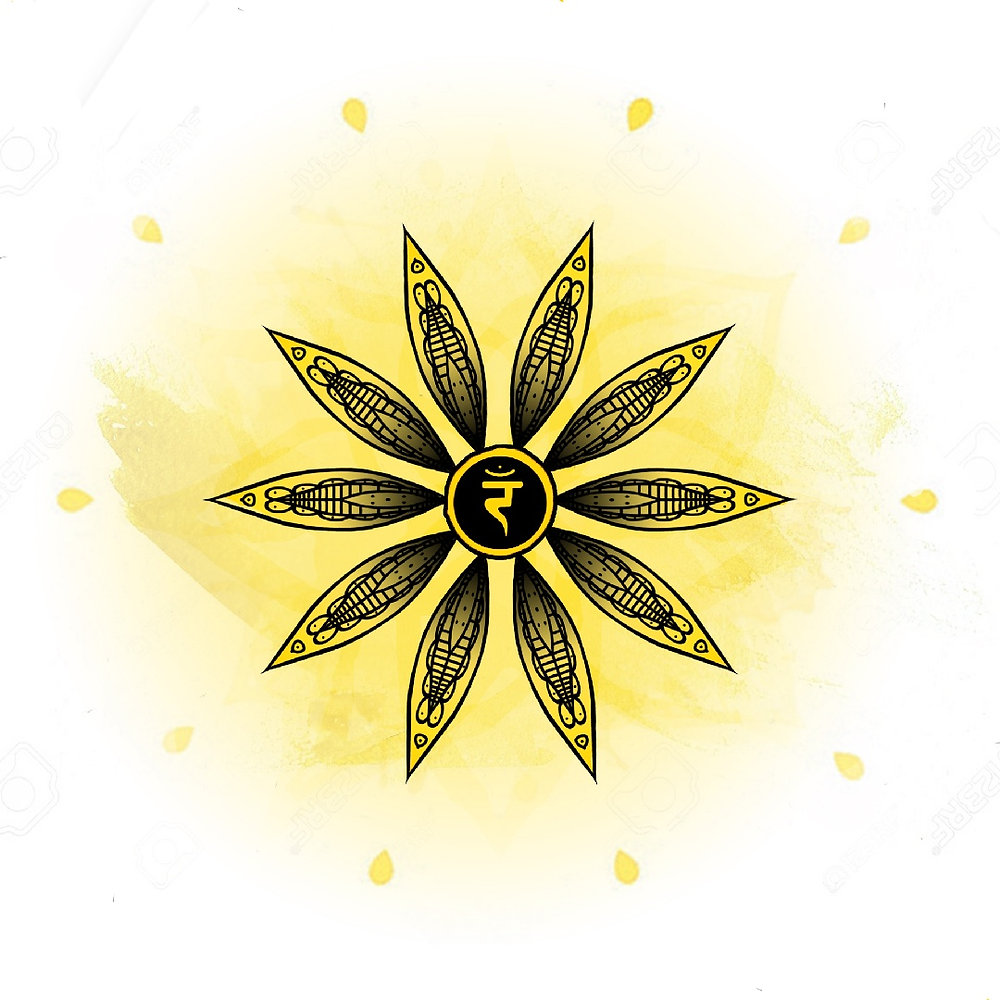If you’re getting good results from kratom, cannabis, and other herbal substances, you might want to try kava. One of the main reasons that people say they use kava is to reduce anxiety, but there are other benefits.
While it’s never a good idea, in most cases, to mix any substances, if you can avoid it, there seem to be some exceptions. Natural substances can blend together, often synergistically, which means they work together, attacking a problem from two different angles, but harmoniously.
Kava, kratom, and cannabis can be a nice line-up of supplements for a creative musician, an abstract artist, a physical laborer, a social worker, or any studious individual. These 3 substances found in nature might be worth using with care and moderation.
What is kava? It’s a relatively safe and effective plant product, made from the root of Piper methysticum. Kava is generally consumed in capsules, tablets, liquid extract juice, or a hot tea-type beverage. It’s used in the South Pacific and Hawaii to reportedly help with anxiety, stress, and insomnia.
Healthline states the following.
QUOTE
Kava is a tropical evergreen shrub with heart-shaped leaves and woody stems. Its scientific name is Piper methysticum.
Pacific cultures traditionally use the kava drink during rituals and social gatherings. To make it, people first grind its roots into a paste.
This grinding was traditionally performed by chewing the roots and spitting them out, but now it’s typically done by hand.
The paste is then mixed with water, strained, and consumed.
Its active ingredients are called kavalactones, which account for 3–20% of the dry weight of the root of the plant.
Studies suggest kavalactones may have the following effects on the body:
Reduceanxiety
Protectneurons from damage
Reducepain sensations
Reduce the risk of cancer, though the evidence islimited to mice
Aid sleep
https://www.healthline.com/nutrition/kava-kava
END QUOTE
Use of kava has become popular on the East and West coasts of the United States in recent years. Vendors with consistent, fresh, authentic supplies are not as plentiful as one might hope, so if you find one that you like, be grateful.
Kava can be a delightful drink, both in solitude with reflective moods and amongst friends in a light-hearted social setting. In the culture of the South Pacific islanders, kava is brewed and offered to friends and family on special occasions like weddings, cordial welcoming’s, In funerals, birthdays, and other joyful or solemn events.
NIH (National Institute of Health) – National Health Library, at PubMed Central, provides the following details.
QUOTE
Kava, also known as kava kava, ‘Awa, or ‘awa, is a type of perennial shrub that belongs to the pepper family, known as Piperaceae. Piper methysticum is its botanical name, which derives from the Latin “methysticum”.
In the local language and culture, the word “kava” is used to denote something “bitter”.
Kava is native to Oceania and with important cultural and historical significance. It has been grown throughout the regions of Micronesia, Polynesia, and Melanesia for its relaxant and medicinal effects as a pain reliever, muscle relaxant, and remedy for anxiety, nervousness, and insomnia. Kava has been domesticated in these regions for thousands of years.
Female flowers of kava are scarce and fruit pollination is not particularly productive. Kava is cultivated by propagation from stem cuttings.
It has over one hundred different chemotypes and cultivars. A set of lactones are abundant and present almost exclusively in kava, thus named kavalactones. These kavalactones are also believed to be responsible for the health benefits of traditional kava preparations.
Their fingerprints have also been used to distinguish different kava cultivars. The sum of the six major kavalactones has been used to standardize different kava products.
Kava is consumed in the traditional form as a beverage, in a more merchandized form as either an anxiolytic agent or a dietary supplement, or more recently as a recreational drink served in kava bars.
Whereas the neurological benefits of proper kava use appear to be undeniable, particularly in reducing stress and anxiety, there is growing evidence that its consumption could be associated with low incidence of cancer.
Furthermore, anti-inflammatory activities have been reported for kava and its compounds, suggesting their potential for the treatment of inflammatory diseases. The mechanisms and responsible ingredients for these functions require further exploration and validation.
https://www.ncbi.nlm.nih.gov/pmc/articles/PMC7600512/
END QUOTE
It is hoped that this brief introduction to kava will get you motivated to give it a try. We are so fortunate to have so many benign plants on our planet.


